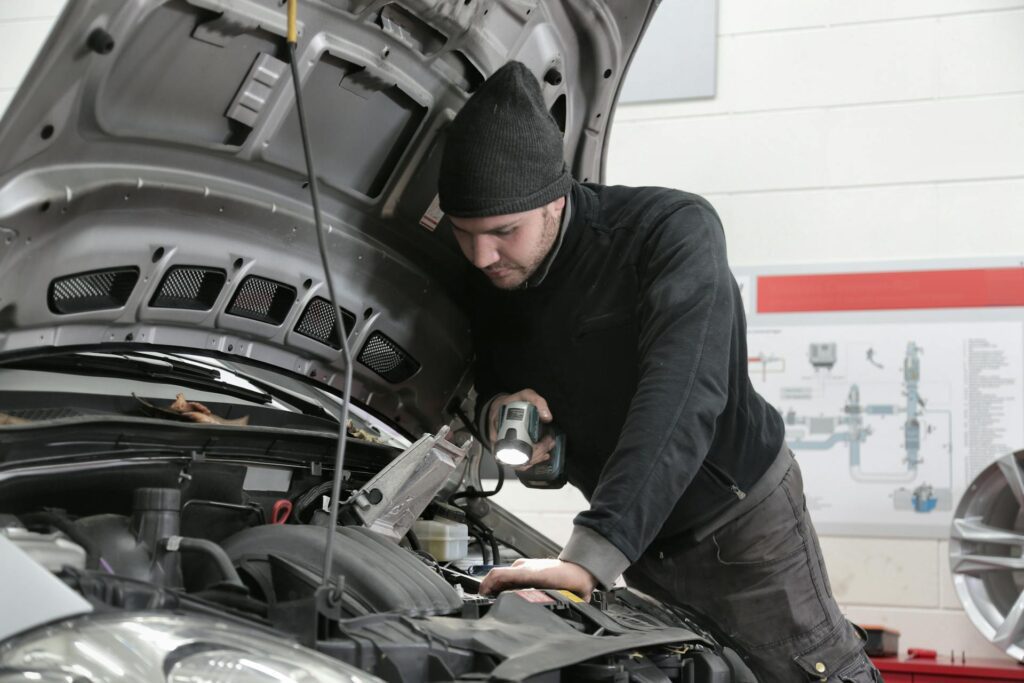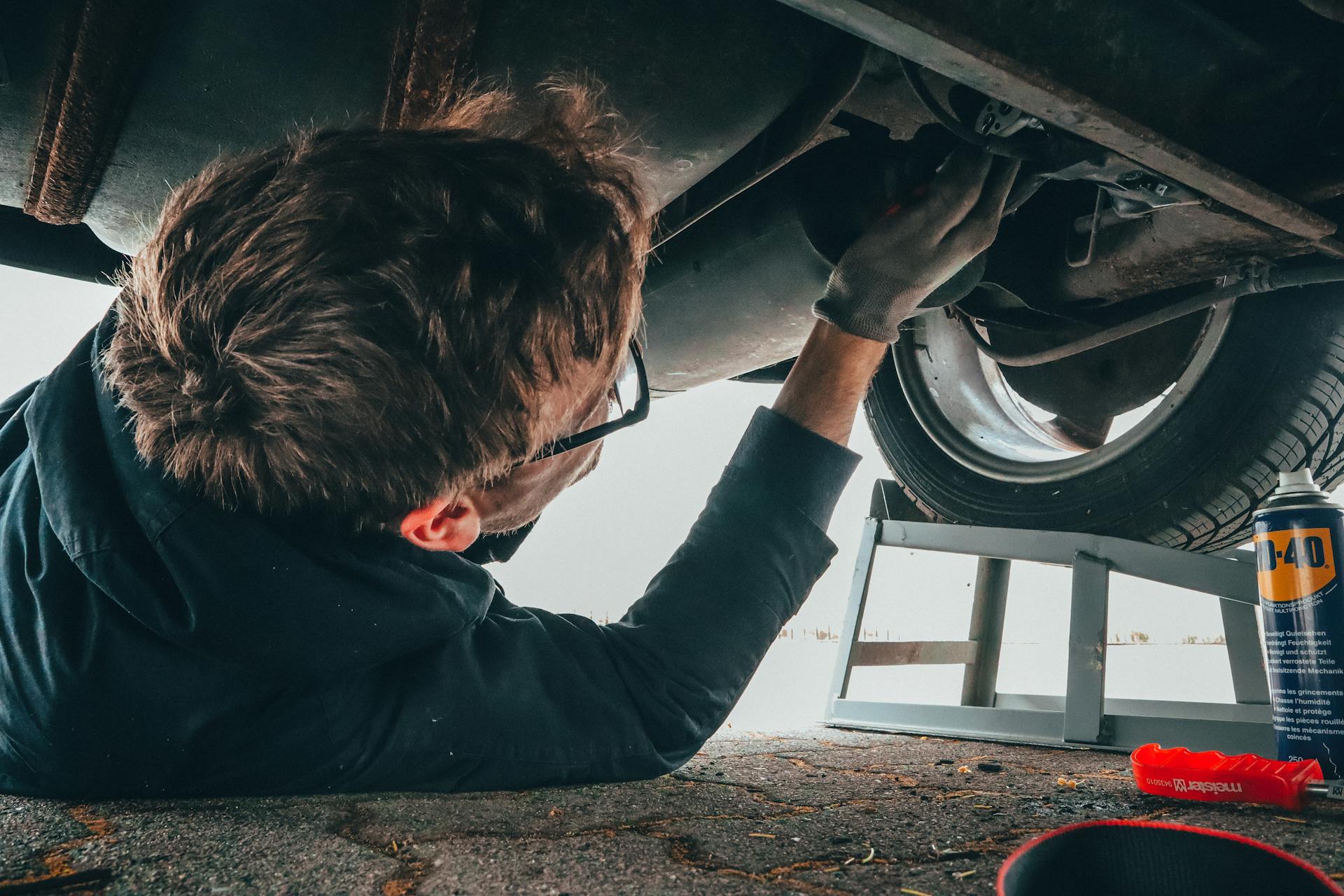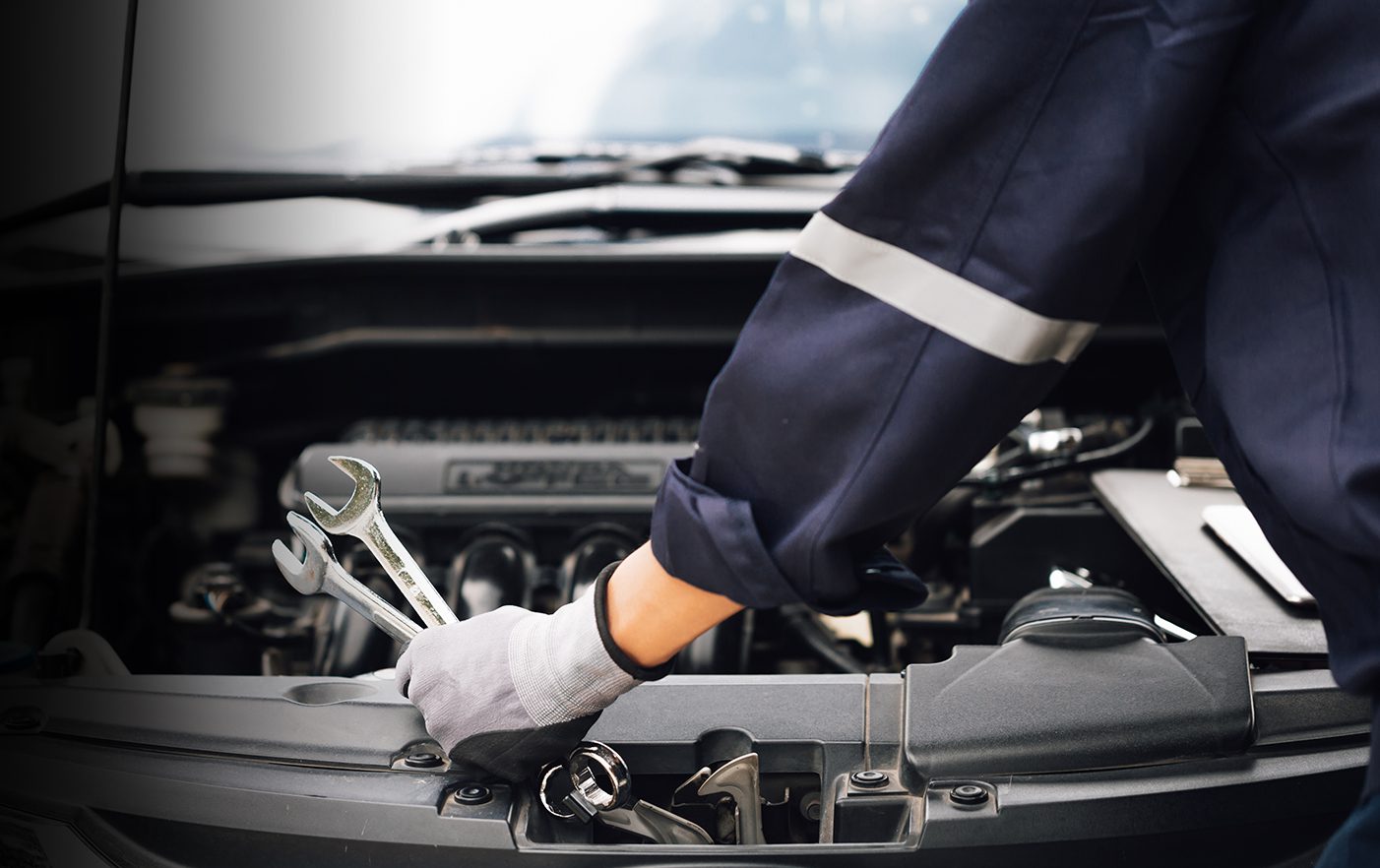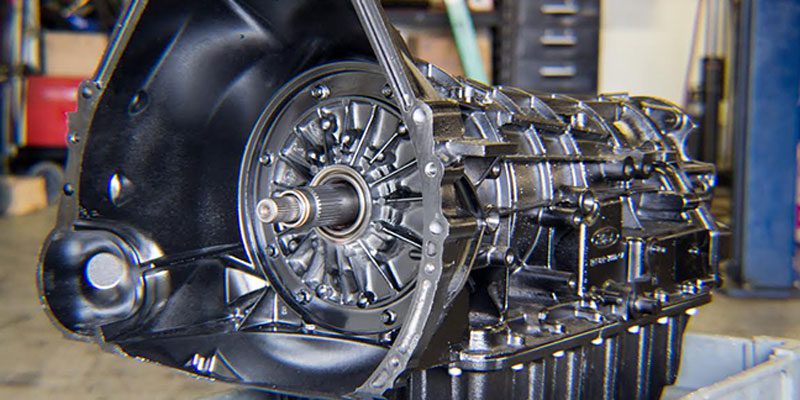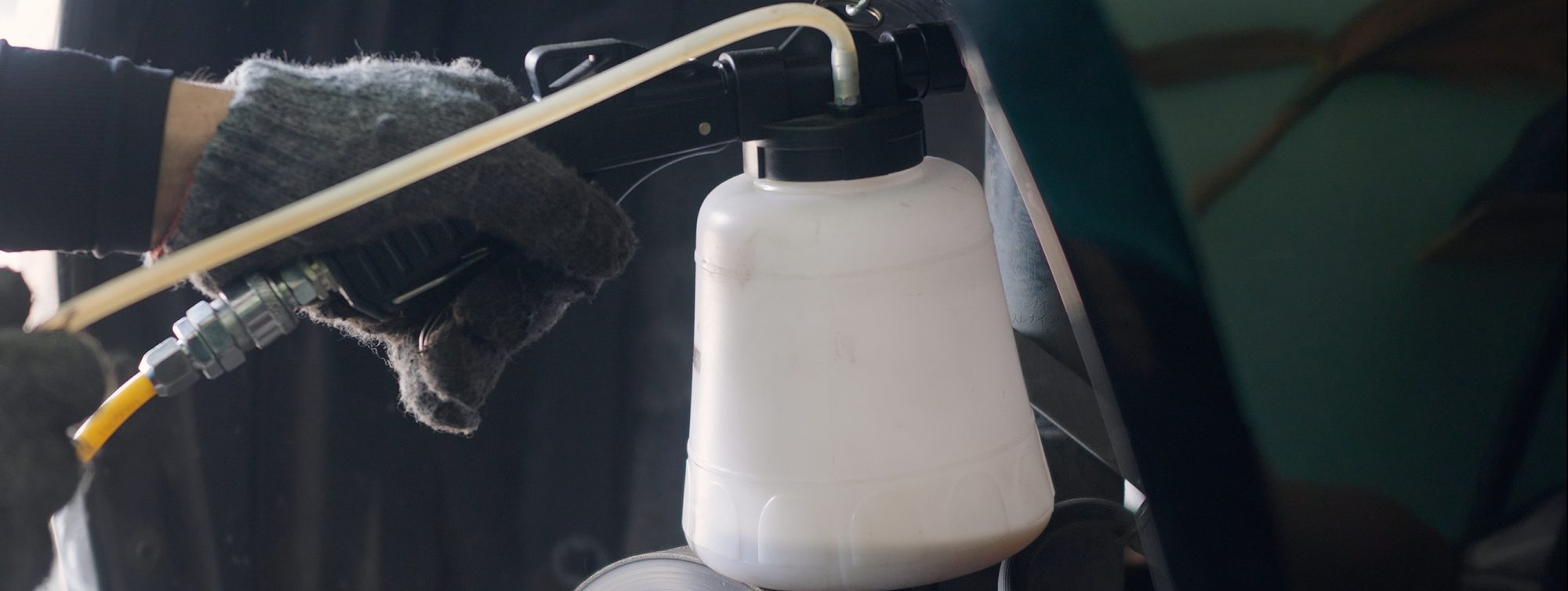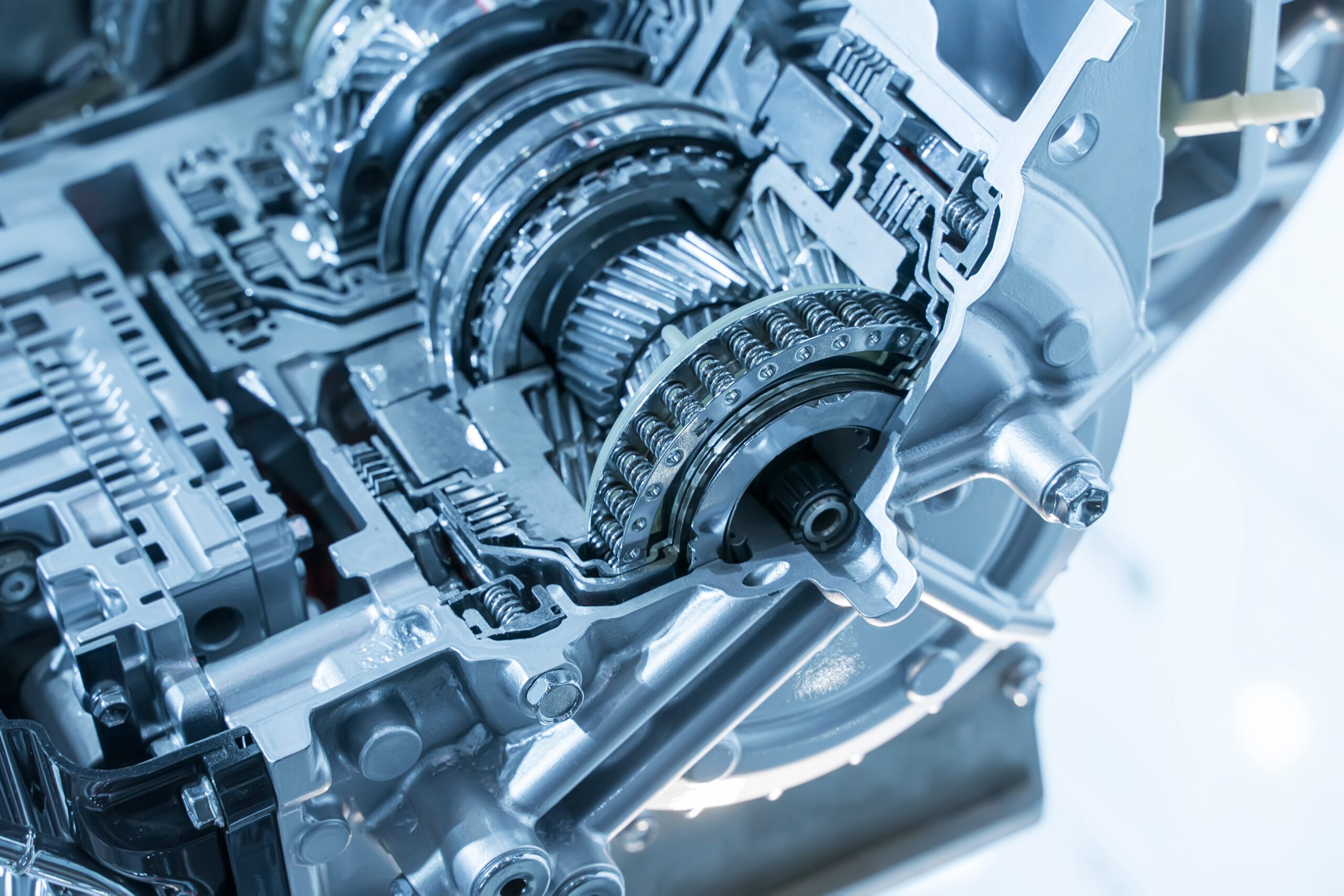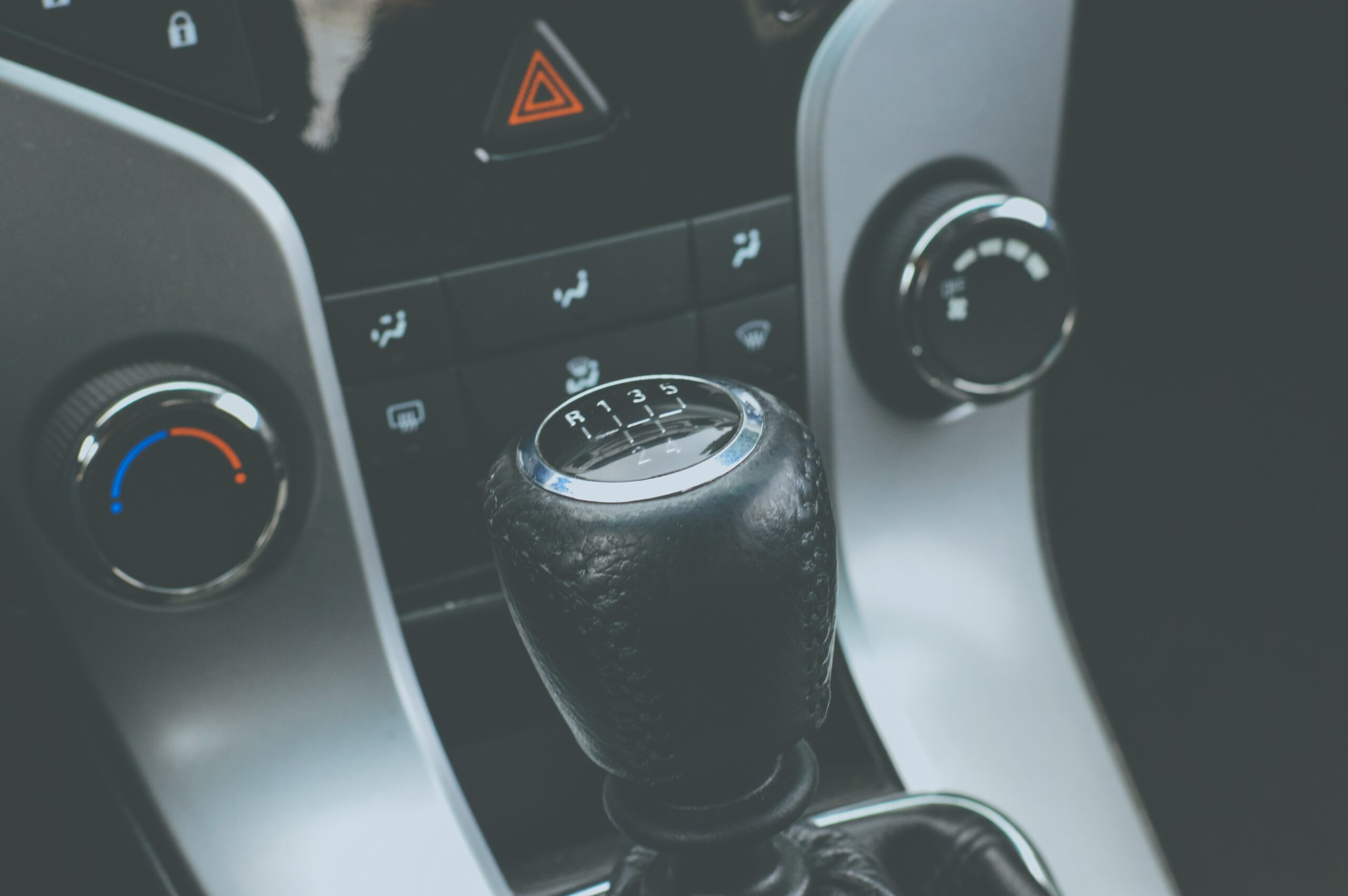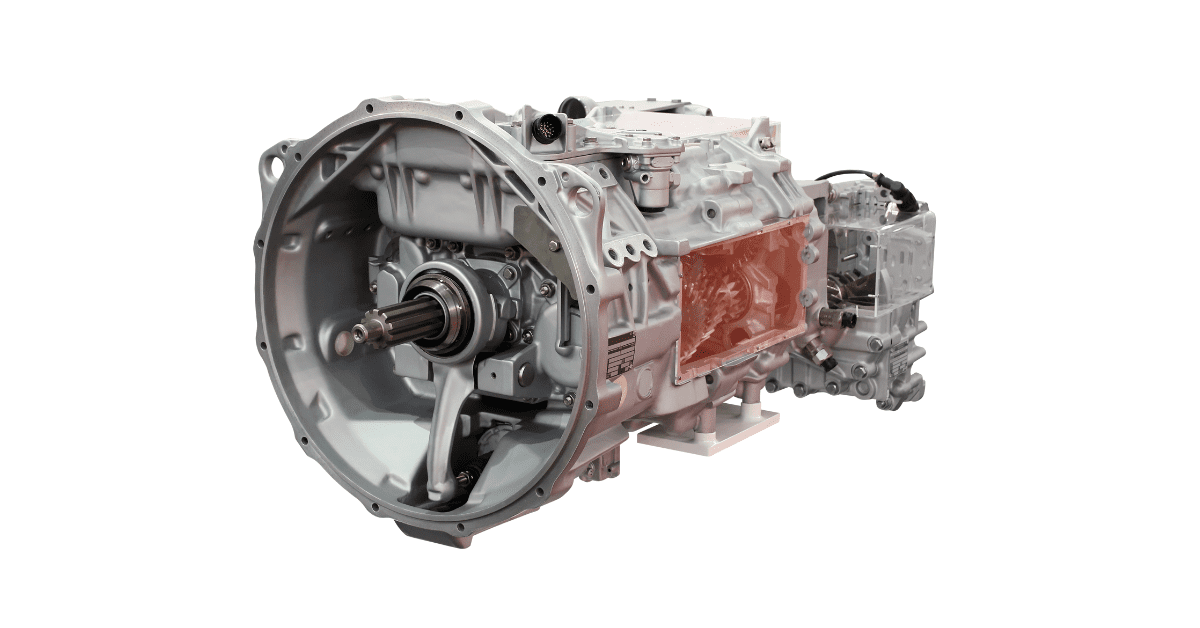Automatic transmissions are the heart of your vehicle’s drivability. When they run smoothly, they’re almost invisible. But when problems arise, they demand your attention. General Transmission in Reno brings you an in-depth guide to troubleshooting common automatic transmission issues, ensuring your ride remains smooth and reliable.
Common Problems and Initial Checks
Automatic transmission problems can range from simple fluid leaks to complex mechanical failures. Among the most common issues are leaking seals, worn clutches, outdated or insufficient transmission fluid, malfunctioning sensors, and more intricate problems such as torque converter and solenoid failures. If your vehicle exhibits signs like slipping gears, rough shifts, or unusual noises, these could be red flags indicating trouble.
First Steps in Diagnosing Transmission Issues
The first step in diagnosing your transmission woes involves checking the transmission fluid. This fluid is the lifeline of your transmission, ensuring everything inside moves smoothly. A low, dirty, or burnt fluid can lead to a host of problems, including slipping, overheating, or even failure to engage gears. Look for leaks under your vehicle, check the fluid level, and assess its quality. If it’s dark, smells burnt, or is below the recommended level, it’s time for a change.Advanced Troubleshooting Techniques
For issues that surpass simple fluid problems, such as unresponsive gear changes or unusual noises, a deeper dive into the transmission’s health is necessary. These might stem from worn internal components or electrical issues that disrupt the transmission’s communication with the vehicle’s computer system. Employing diagnostic tools can help identify error codes related to the transmission, offering clues to the underlying problems.
Solutions and When to Seek Professional Help
While some transmission issues can be addressed with at-home fixes like fluid replacement or adding slip-stop additives, others require professional intervention. Replacing worn parts or resetting the vehicle’s computer system are tasks best left to experts. If troubleshooting and minor repairs don’t resolve the issue, it’s time to consult a professional mechanic specializing in automatic transmissions.
The Importance of Regular Maintenance
Preventing transmission problems begins with regular maintenance. Follow the manufacturer’s recommendations for changing your transmission fluid and filter. Keep in mind that driving conditions such as extreme temperatures, towing, or driving in mountainous areas can significantly impact your transmission’s health. Regular checks and maintenance can prevent most issues, saving you from costly repairs down the line.
Understanding and troubleshooting your vehicle’s automatic transmission doesn’t have to be a daunting task. By recognizing common problems, performing basic diagnostics, and knowing when to call in the experts, you can ensure your transmission runs smoothly. For those issues that require professional attention, General Transmission in Reno is here to help. Contact us for expert assistance and get your vehicle back to its optimal performance.
 After Hours Contact
After Hours Contact Finance OPtions
Finance OPtions